The history of indoor plants and mood is a long and storied one. Plants have been used to boost mood and create a more pleasant indoor environment for centuries. Today, there is a growing body of evidence that suggests plants can have a positive impact on our mental health and well-being.
Indoor plants have been around for centuries, and they’ve been used for everything from decoration to mood enhancement. In fact, research has shown that indoor plants can have a positive effect on your mood and mental well-being.

So, how did indoor plants become such a popular fixture in homes and offices? Indoor plants have been used for centuries to improve mood and mental well-being. In the 18th century, the famous physician Carl Linnaeus believed that plants had the power to heal and improve human health. He even wrote a book about it called “The Doctrine of Signatures”.
In the 19th century, the Victorians were obsessed with plants and flowers. They believed that indoor plants could purify the air and make it healthier to breathe.
Today, indoor plants are still popular for their ability to improve mood and mental well-being. Research has shown that plants can reduce stress, anxiety, and depression. They can also increase positive emotions and improve cognitive function.
So, if you’re looking for a way to boost your mood and mental well-being, consider adding some indoor plants to your home or office.
A Brief History Of Indoor Plants
Most people think of plants as an outdoor thing, something that you see in gardens or in nature. But the truth is, plants have been used indoors for centuries. They were first brought inside during the Victorian era as a way to add a bit of nature to the home. But it wasn’t until the mid-20th century that indoor plants really became popular.
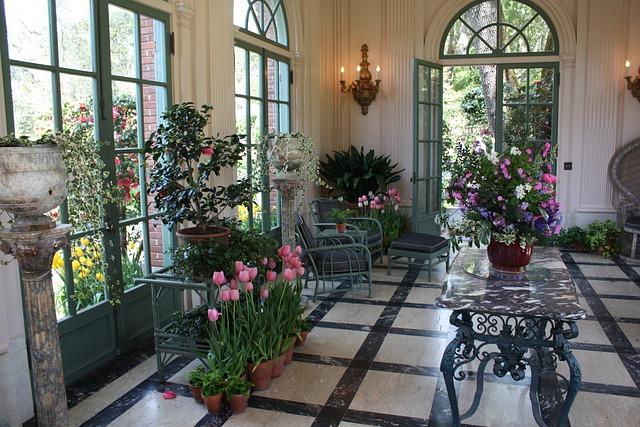
During the 1950s and 1960s, there was a trend in interior design that favored clean, simple lines and a more “modern” look. This meant that plants were often left out of the home in favor of more stylish furniture and decor. But in the 1970s, things began to change. People started to become more interested in health and wellness, and they began to see plants as not just a decoration, but as something that could actually improve their health.
This trend has continued into the present day, and indoor plants are now more popular than ever. There are a wide variety of plants that can be grown indoors, and they can be used to improve the look, feel, and even the air quality of your home.
The Relationship Between Indoor Plants And Mood
It is said that having plants in your home can improve your mood. But how exactly does this work?
Some studies suggest that being around plants can reduce stress and anxiety. One theory is that plants help us feel more connected to nature, which can boost our mood. Another possibility is that caring for plants gives us a sense of purpose and can help us feel more in control of our environment.
Whatever the reason, there is definitely a connection between indoor plants and mood.
The Various Benefits Of Indoor Plants
Indoor plants are not only aesthetically pleasing, but they also have a number of benefits for your health. Studies have shown that indoor plants can improve your mood, increase productivity, and even purify the air.

If you’re looking for a way to spruce up your home or office and improve your well-being, consider adding some indoor plants to your space. Here are a few of the benefits that plants can bring:
- Improves your Mood
Studies have shown that being around plants can improve your mood and reduce stress levels. One study found that office workers who had plants in their cubicles reported feeling happier and less stressed than those who didn’t have plants.
Another study looked at the effects of horticultural therapy, which is a type of therapy that uses plants and gardening, on patients with depression. The study found that horticultural therapy was effective in reducing symptoms of depression.
You consider adding some plants to your environment, if you’re stressed. They may help you feel better.
- Increased Productivity
Having plants in your workspace can also help you be more productive. One study found that office workers with plants in their cubicles reported feeling more productive than those who didn’t have plants.
Another study looked at the effects of plants in classrooms on students’ test scores. The study found that students who were in classrooms with plants had higher test scores than those who were in classrooms without plants.
Thus, adding some plants to your office or workspace can boost your productivity.
- Purified Air
Indoor plants can also help purify the air. A study found that office buildings with plants had lower levels of volatile organic compounds (VOCs) than office buildings without plants. VOCs are harmful chemicals that can cause a variety of health problems, including headaches, dizziness, and fatigue.
Another study found that indoor plants can remove 87% of VOCs in an office in just 24 hours. So if you’re looking for a way to improve the air quality in your home or office, consider adding some plants.
There are a number of benefits that indoor plants can provide. If you’re looking for a way to improve your mood, increase your productivity, or purify the air, consider adding some plants to your space.
The Best Indoor Plants For Improving Mood
If you’re looking to improve your mood, there are certain indoor plants that can help. Here are some of the best:
1. Aloe Vera
Aloe vera is a succulent plant that is often used in topical treatments for skin conditions like burns and cuts. But did you know that it can also help improve your mood?
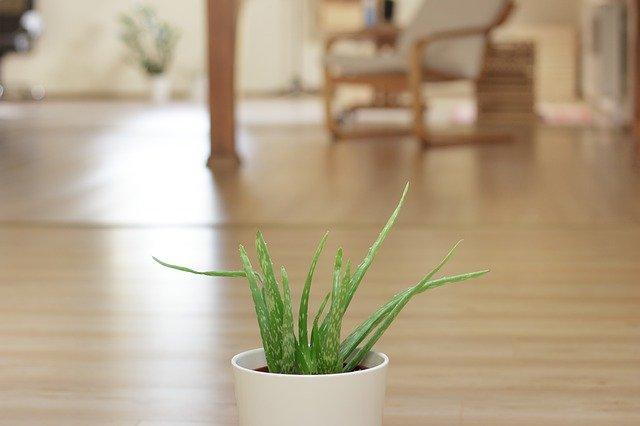
Aloe vera contains a compound called aloin, which has been shown to have antidepressant and antianxiety effects. Additionally, the plant is also known to help improve air quality and increase oxygen levels, both of which can help improve your mood.
2. Bamboo Palm
Bamboo palms are a type of palm tree that is known for their ability to improve air quality.
They help filter out toxins like carbon monoxide and formaldehyde from the air. Additionally, they are known to increase oxygen levels and help improve air circulation. All of these benefits can help improve your mood.
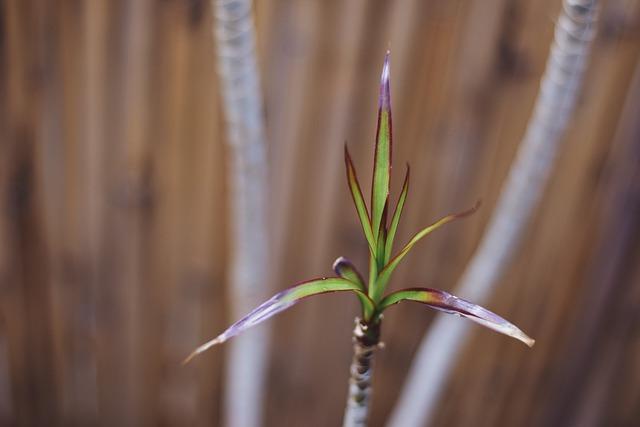
3. Rubber Plant
Rubber plants are a type of tropical plant that is known for their ability to improve air quality.

Credit: Unsplash
Rubber plants help filter out toxins like carbon monoxide and formaldehyde from the air. Additionally, they are known to increase oxygen levels and help improve air circulation. All of these benefits can help improve your mood.
4. Boston Fern
Boston ferns are a type of fern that is known for their ability to improve air quality.

Boston ferns help filter out toxins like carbon monoxide and formaldehyde from the air. Additionally, they are known to increase oxygen levels and help improve air circulation. All of these benefits can help improve your mood.
5. Areca Palm
Areca palms are a type of palm tree that is known for their ability to improve air quality.

Areca palms help filter out toxins like carbon monoxide and formaldehyde from the air. Additionally, they are known to increase oxygen levels and help improve air circulation. All of these benefits can help improve your mood.
6. Dragon Tree
Dragon trees are a type of tree that is known for their ability to improve air quality.

Dragon trees help filter out toxins like carbon monoxide and formaldehyde from the air. Additionally, they are known to increase oxygen levels and help improve air circulation. All of these benefits can help improve your mood.
The Worst Indoor Plants For Mood
Not all indoor plants are good for your mood. In fact, some can actually make you feel worse. Here are four of the worst plants for your mood:
1. Snake Plant
The snake plant is a popular choice for indoor plants, but it can actually be quite harmful to your mood. The plant produces a chemical called saponin, which can cause skin irritation and allergic reactions. Meanwhile, the snake plant emits a foul odor that can make your environment feel quite unpleasant.
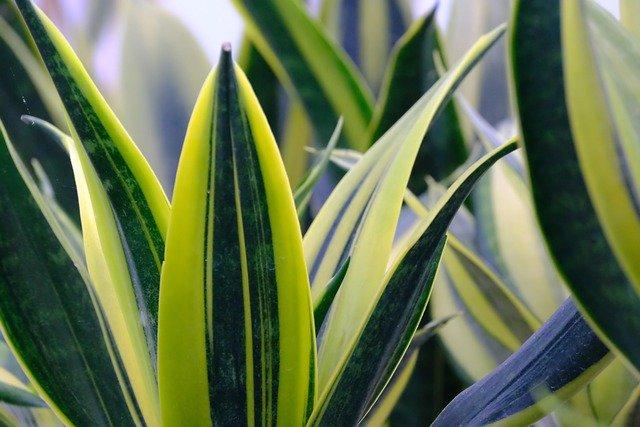
2. Spider Plant
Spider plants are another popular choice for indoor plants, but they can also be harmful to your mood. The plant produces a chemical called arachnids, which can cause skin irritation and allergic reactions. Additionally, the spider plant emits a foul odor that can make your environment feel quite unpleasant.
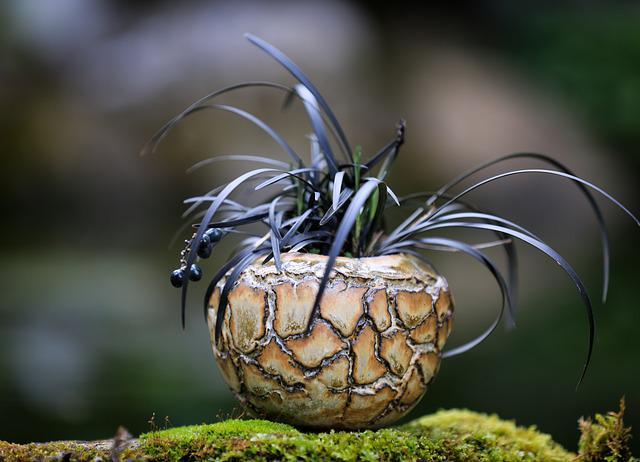
3. Peace Lily
The peace lily is a beautiful plant, but it can actually be quite harmful to your mood. The plant produces a chemical called linalool, which can cause skin irritation and allergic reactions.
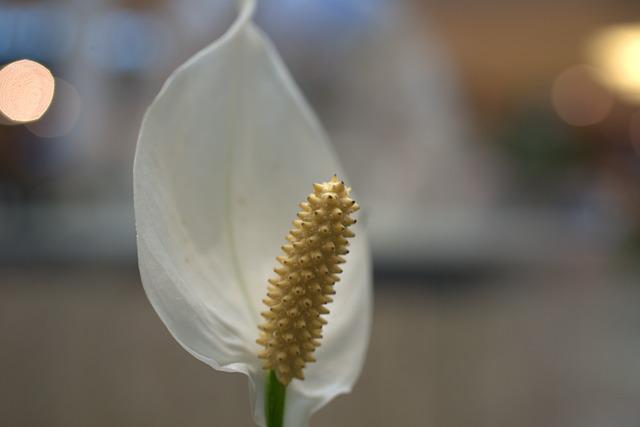
4. Chrysanthemum
The chrysanthemum is a popular choice for indoor plants, but it can actually be quite harmful to your mood. The plant produces a chemical called pyrethrin, which can cause skin irritation and allergic reactions.

How To Choose The Right Indoor Plant For Your Mood
If you’re looking to improve your mood, it’s important to choose the right indoor plant. There are a few things to keep in mind when making your selection.
- Think about the kind of mood you’re hoping to achieve. Are you looking for a plant that will help you relax? Or one that will boost your energy levels?
- Once you’ve decided on the general mood you’re going for, take a look at the different plant species and see which one best suits your needs. For example, if you’re looking for a relaxing plant, you might want to choose something like lavender or chamomile.
If you’re looking for a plant that will boost your energy levels, you might want to choose something like yerba mate or guarana.
- Lastly, don’t forget to consider the care requirements of the plant. Some plants are very low-maintenance, while others require a bit more care. Choose a plant that you’re willing and able to care for.
The Ideal Location For Your Indoor Plants
The ideal location for your indoor plants depends on the type of plant you have. Some plants need more sunlight than others, and some need more water. Once you know what your plant needs, you can find the perfect spot for it in your home.
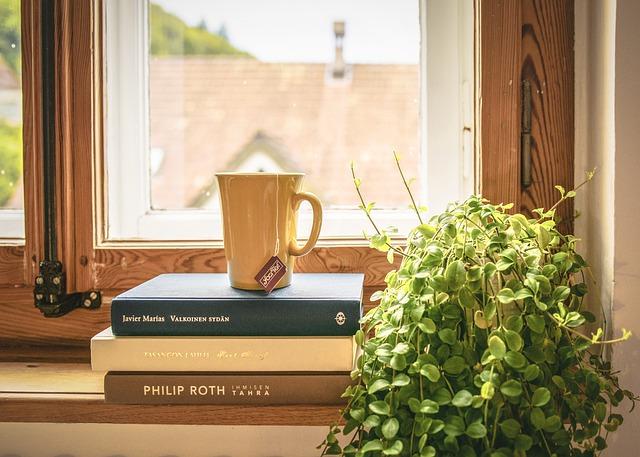
- Sunlight is one of the most important things for indoor plants. Without enough sunlight, plants will not be able to grow. If you have a plant that needs a lot of sunlight, put it near a window where it can get direct sunlight for at least part of the day. Plants that need less sunlight can be placed further away from the window.
- Water is another important factor to consider when choosing a location for your indoor plants. Some plants need to be watered more often than others. If you have a plant that needs a lot of water, make sure to put it near a sink or water source so that it is easy to water. Plants that need less water can be placed further away from the water source.
Once you know what your plant needs, you can find the perfect spot for it in your home. By considering sunlight and water needs, you can ensure that your plant will thrive in its new location.
The Perfect Care Guide For Your Indoor Plants
Assuming you already have your indoor plants, here are some tips on how to take care of them!
- First and foremost, make sure to give them enough light. Indoor plants need at least six hours of sunlight a day, so place them near a window where they can get plenty of light. If you can’t provide enough natural light, you may need to supplement with grow lights.
- Water your plants regularly. Check the soil before watering to see if it’s dry; if it is, give the plant a good drink. Be careful not to overwater, as this can lead to root rot.
- Fertilize your plants every few weeks to help them grow strong and healthy. Choose a fertilizer that’s specifically designed for indoor plants, and follow the instructions on the package.
- Keep an eye out for pests. If you see any bugs on your plants, you can remove them by hand or treat the plant with an insecticide.
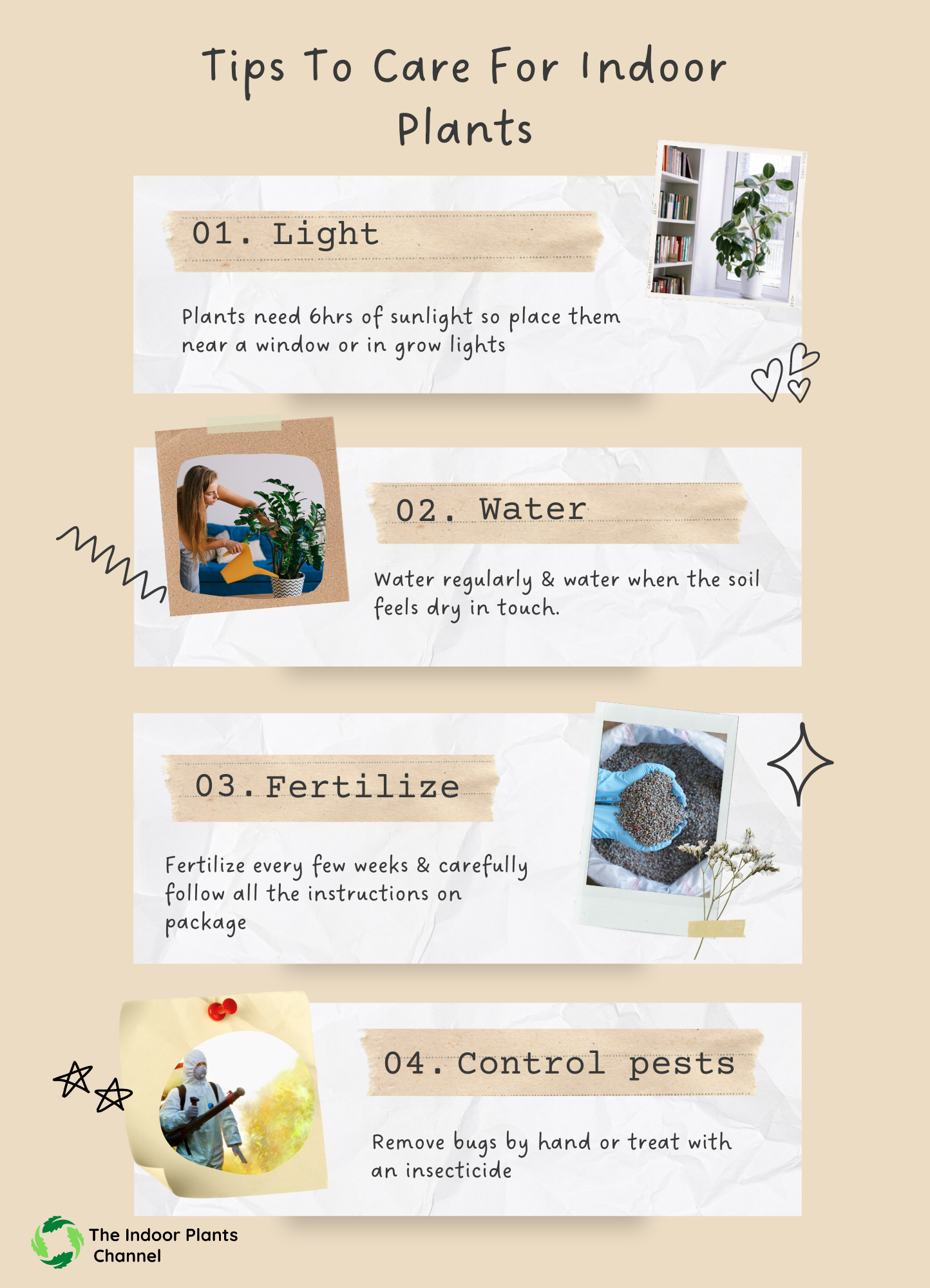
Frequently Asked Questions
What are some of the benefits of having indoor plants?
Indoor plants have a lot of benefits! They can help purify the air, increase humidity, and even help boost your mood.
How do indoor plants help purify the air?
Indoor plants help purify the air by absorbing harmful toxins and chemicals. They then release clean, fresh air back into the environment.
How do indoor plants help boost your mood?
Indoor plants help boost your mood by providing a sense of calm and relaxation. They can also help reduce stress and anxiety levels.
What are some of the best indoor plants for purifying the air?
Some of the best indoor plants for purifying the air include the peace lily, bamboo palm, and snake plant.
What are some of the best indoor plants for boosting your mood?
Some of the best indoor plants for boosting your mood include the snake plant, lavender, and jasmine.
Bonus Tips
- Create a mood board with images of different indoor plants throughout history
- Experiment with different indoor plants to see how they affect your mood
- Create a relaxing indoor plant oasis with different species of plants
- Make a homemade natural air freshener with an indoor plant
- Research the benefits of different indoor plants for mood and health
- Care for your plants and give them the attention they deserve.
Conclusion
Indoor plants have been shown to boost mood and improve mental well-being. If you’re looking for a way to improve your mental health, consider adding some plants to your home. These plants will increase your productivity and eliminate the need to use medications. Check the above post for effective indoor plants you can use to boost your mood and let us know your thoughts in the comment section.
Michelle Wilde
Related posts
1 Comment
Leave a Reply Cancel reply
![]()
About Michelle Wilde
Michelle Wilde is a stay-at-home mom and avid plant lover. Armed with a post-graduate degree in Computer Science (no kidding!), she loves researching plants and landscapes. When she is not caring for her 4 kids, she spends time on her passion for plants. She blogs at www.indoorplantschannel.com, the trusted source for indoor plants.
Learn more
Subscribe
* You will receive the latest posts and updates about indoor plants!
Search
Recent Posts
Categories
- Beginner Guides (10)
- FAQ (206)
- General (2)
- How-To Guides (212)
- Indoor Plants (214)
- Pest Management (2)
- Plant Problem Solutions (4)
- Seasonal Growing (2)
- Specialized Environments (2)
- Specific Plant Care (3)
- Technical Growing (2)
[…] can also boost your mood by improving your indoor air quality and making your home feel more […]